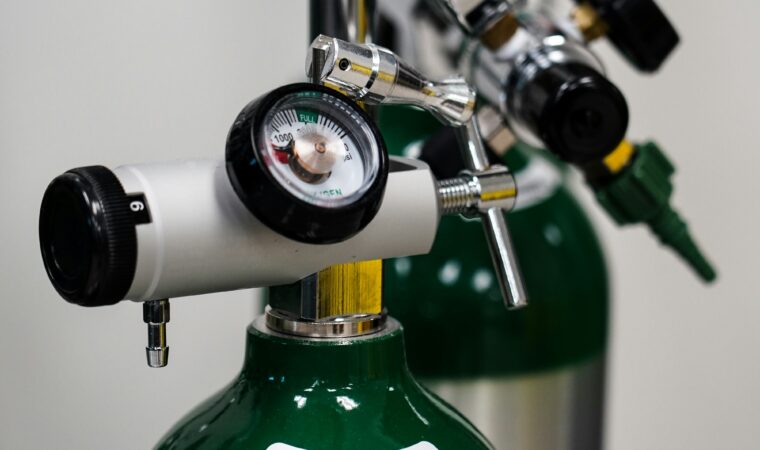People with spinal cord injuries (SCI) can follow the innovations in medical science that draw us closer to a cure, and clinical trials afford SCI survivors the opportunity to advance new technologies faster. Multiple medical trials involving the treatment of incomplete SCI by using low oxygen air are scheduled for implementation in 2024.
The procedure is called acute intermittent hypoxia, and it involves breathing in repeated cycles of low oxygen air (hypoxia) followed by normal oxygen air for short periods of time. A relatively safe and noninvasive therapy that can be used with physical rehabilitation strategies, acute intermittent hypoxia (AIH) may have potential to promote walking, upper limb, bladder, and respiratory recovery in people with spinal cord injury.
Key Clinical Trials For Spinal Cord Injury with Low Oxygen Air
The following three clinical hypoxia trials are happening this year:
First Trial
Located in Cambridge, Massachusetts, and sponsored by Spaulding Rehabilitation Hospital, the Intermittent Hypoxia Therapy for Spinal Cord Injury currently has a waitlist available. The trial spans three weeks, and it will test the effects of acute intermittent hypoxia on leg muscle strength, reflexes, and walking in people with incomplete cervical spinal cord injury.
Goal of Treatment:
Improved endurance and walking speed.
Open to:
18- to 75-year-old individuals with incomplete spinal cord injury at C2-L5 with non-progressive etiology (not worsening), who have been injured at least six months and who can take steps without assistance.
Second Trial
Located in Chicago, Illinois, and sponsored by the Shirley Ryan Research Lab, the Combined Hypoxia Therapy and Rehabilitation for Spinal Cord Injury (HANDS Trial) also has a waitlist open. This trial also spans three weeks and will investigate whether combining daily hypoxia therapy with massed practice training can improve upper-body function in people with chronic incomplete cervical spinal cord injuries.
Goal of treatment:
Improved upper body function.
Open to:
18- to 75-year-olds with non-progressive incomplete spinal cord injury at or above T1 who can voluntarily move hand muscles and can perform at least one type of grasp. Applicants must also have a diagnosed serious heart, lung, or blood vessel condition, and will be selected if elbow strength improved by at least 10% after a special breathing test administered at screening.
Third Trial
The Intermittent Hypoxia + Upper Limb Training for Spinal Cord Injury, another three-week clinical trial sponsored by Shirley Ryan AbilityLab in Chicago, Illinois, aims to investigate the effect of Acute Intermittent Hypoxia (AIH), in combination with upper extremity training, to evaluate changes in upper extremity function, dexterity, and ability to complete activities of daily living in individuals with chronic incomplete spinal cord injuries.
Goal of treatment:
Improved upper extremity function, dexterity, and grip.
Open to:
Individuals who have a non-progressive, incomplete C1-T1 spinal cord injury that is at least six months old who have a hemoglobin level of at least 10g/dl who can use the hand and wrist and who do not experience dizziness or lightheadedness.
Reach Our to Our Firm For Information About Spinal Cord Trials
If your spinal cord injury meets these criteria, you can sign up at the links provided, and get on the Waitlists. Contact us today for more information.
